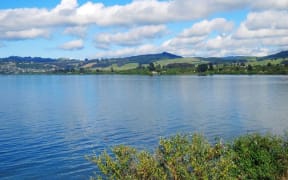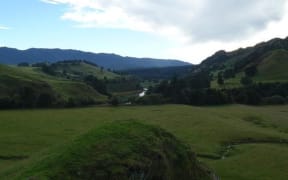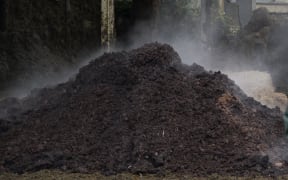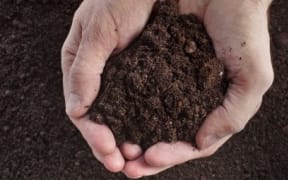Farmers near some of New Zealand's most polluted waterways could have their stock numbers capped.
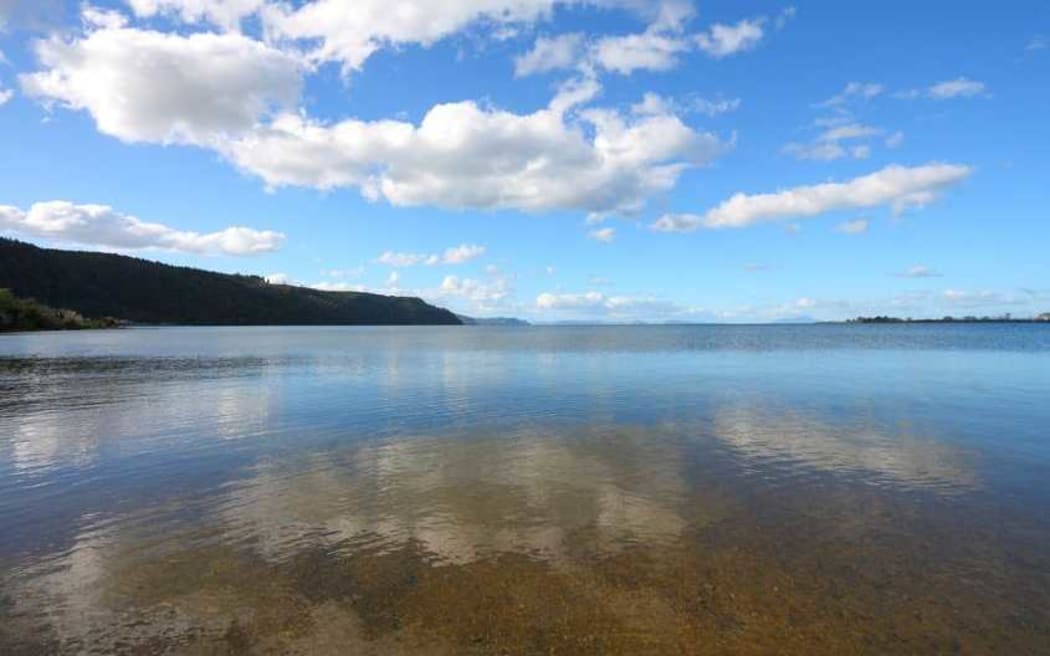
Lake Taupo Photo: 123RF
Environment minister Nick Smith said limiting animal numbers and changing dairy land to forestry was helping to drastically reduce the amount of nitrogen seeping into Lake Taupo.
He said the changes were working well there, and could be used to turn around other dirty lakes and rivers.
Nitrogen is largely a by-product of farm animals and for the past seven years the Lake Taupo Protection Trust has used an $80 million funding pot to get farmers to reduce their output of the chemical.
That meant buying land, helping farmers transition away from dairy and setting nitrogen caps that limited how many animals farms could have.
The aim was to reduce the nitrogen level in the lake by 20 percent over the next 50 years or so.
The Government and local councils hoped enough farmers would sign up by 2018 to make that possible - and they just achieved that, three years ahead of schedule.

Environment Minister Nick Smith. Photo: RNZ
Nick Smith said if the plan could work in Taupo, it also could in the rest of the country.
"You're buying farmers out of the capacity to be able to have significant stock farmers and intensive farming, and using that as a tool to bring the numbers down," said Mr Smith.
"It is world leading, it has been successful with Lake Taupo. It is the sort of approach that we're going to have to use throughout other parts of New Zealand around lakes and rivers."
A farmer on Lake Taupo, Mike Barton, said chemical caps could cause headaches for farmers.
In order to achieve the 20 percent reduction of nitrogen levels in the lake, he had been forced to keep his stock at the same level since 2004.
He said the caps could hamper business growth and that would be an issue throughout the entire country.
"At some point, if we're going to look at water quality as an issue across the whole nation, we probably also have to start asking questions about the farming business model that requires intensification to keep in business."
Jane Penton has been with the Lakes and Waterways Action Group for 15 years.
She said the water quality in Lake Taupo was slowly getting worse so the success of the nitrogen-reducing plan was fantastic.
But Ms Penton said while farmers had come to the party in Taupo, it might not be as easy in places that relied more on dairy farming.
"Taupo is a good example of how you can do that, but it's going to prove to be more contentious and expensive in other catchments ...[and] people are going to have to be very realistic about the timeframes involved."
The local iwi, Tuwharetoa, owned most of the land around the lake and was supporting the plan to reduce nitrogen levels.
It said by 2080, it wanted the water quality of Lake Taupo to be as good as it was in 1990.
